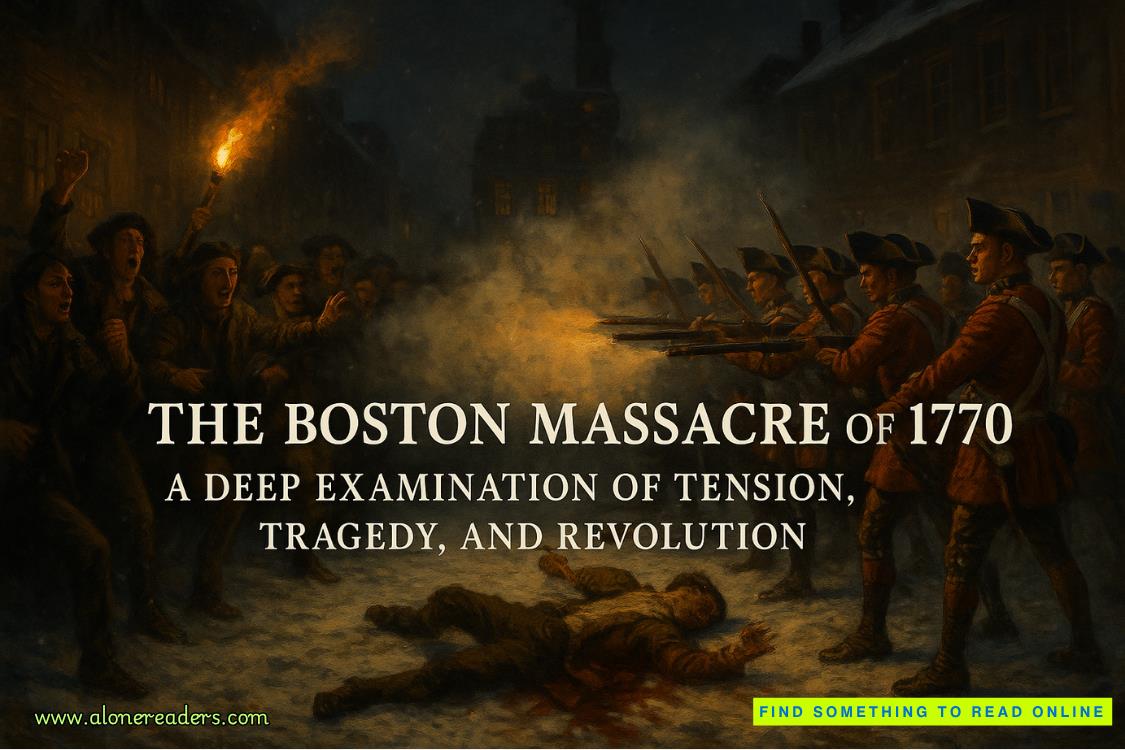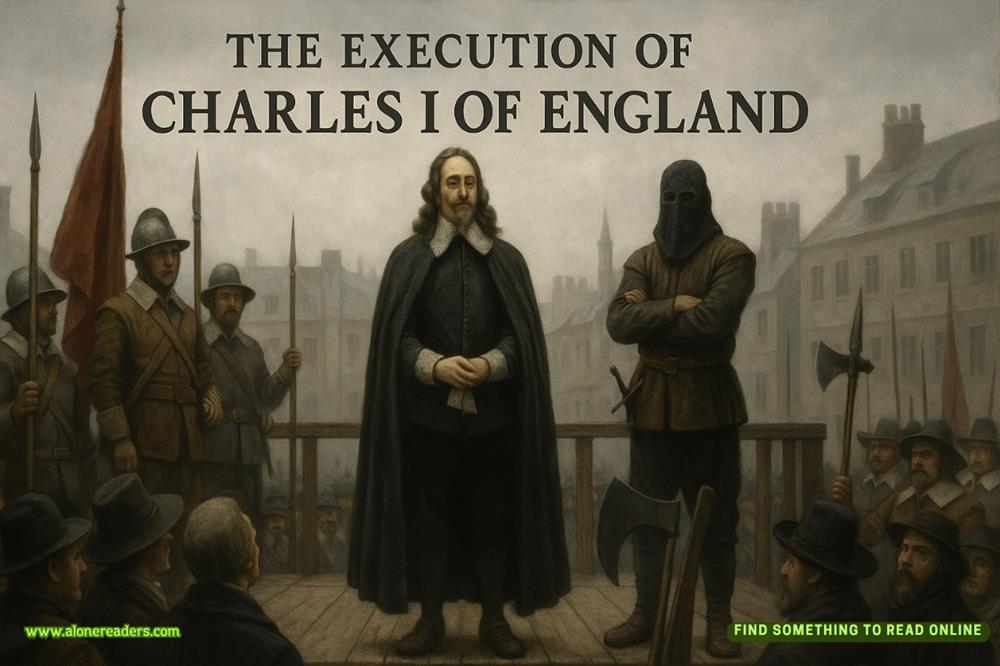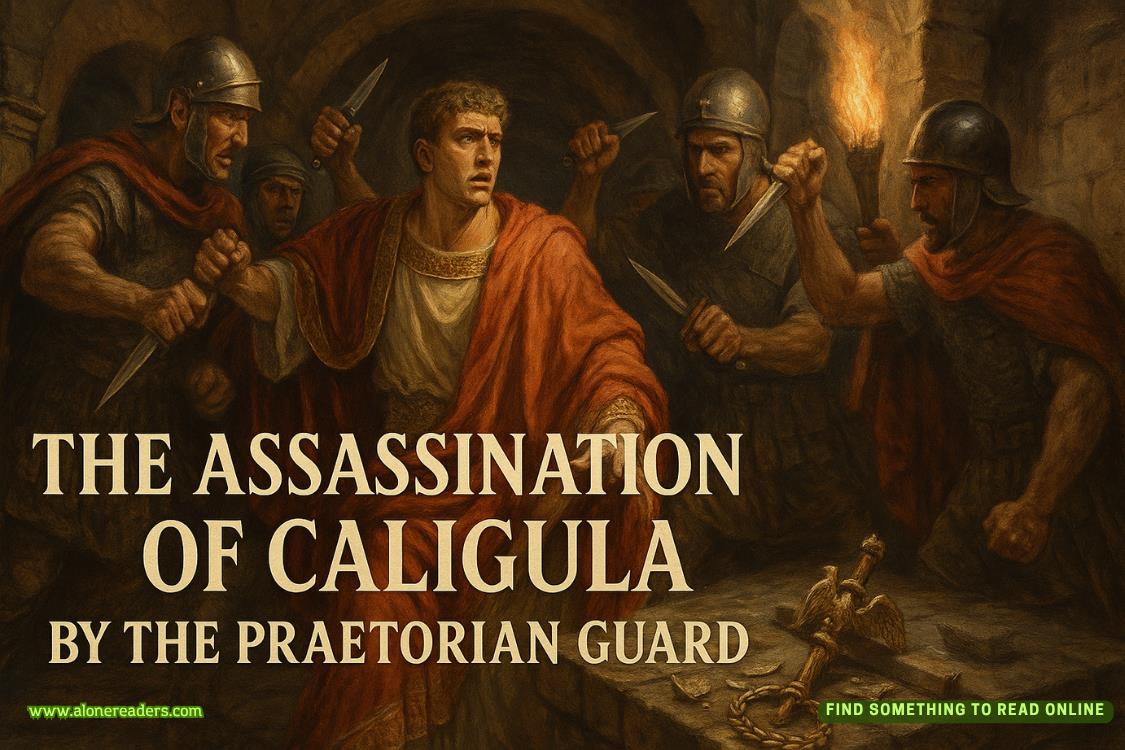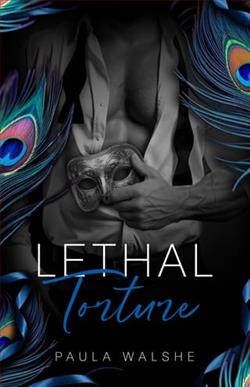Page 51 of Welcome to Murder Week
“Four years?” Dev says. “I’ll never understand Americans.”
A bird swoops above, perches on a limb. Bobs its head this way and that and flies off. The oak branches form a canopy that shades us.
“How old do you think this tree is?” I say.
“I don’t know. Three hundred, four hundred years old?”
“Wow.”
“How old are you?” Dev says.
I turn to look at him.
“I’m thirty-four.”
“Fancy that, I’m thirty-four too,” he says.
We’re lying very close to each other. Not on a bed of moss, but still. A gust of wind rustles the leaves above us. I sit up. After a moment, Dev pops up and brushes off the back of his pants. He puts out a hand to help me stand. We continue following the path, which winds through narrow tree trunks. The silence is starting to feel awkward, but then Dev tells me he wasn’t keen on the murder-mystery week when he first heard about it.
“I didn’t see how it would be good for Willowthrop to promote itself as something fake, ye olde murder village,” he says. “But Germaine won me over. I’m all for saving the community pool. And it’s certainly bringing new business to my bar.”
He explains that Willowthrop, like country villages throughout England, experienced a real estate boom during the pandemic, with city people snapping up holiday properties at exorbitant prices. Itmade the housing situation even worse; people who grew up in the village can’t afford to stay. Now that people can travel anywhere again, the appeal of a local vacation in the Peak has dropped off. But the housing is still unavailable. Many of the newly purchased properties in Willowthrop sit empty.
“If my mum didn’t have a house with a separate cottage, I probably wouldn’t be living here either.”
“You wouldn’t live in the house with her?” It looked big enough.
“I don’t know. I’m not sure I’mthatgood a son.”
Ahead of us is an old stone house, solid and grand, almost like a castle. It’s three stories high, with mullioned windows, several chimneys, and battlements around the top. Dev takes out his phone and reads aloud.
“This is North Lees Hall, which is said to be the inspiration for Thornfield Hall inJane Eyre,” Dev says.
“Said to be?” I tell him about the Rutland Arms Hotel and the Jane Austen myth and why the phrase makes me suspicious. But looking up at the house, I can see it. Jane Eyre standing right there on the second floor, looking as plain and simple as so many wrongly assumed her to be and gazing out the windows wishing for more than life as a neglected governess.
Dev turns back to his phone. “This might be more than just a legend. It says here that Charlotte Brontë visited her friend Ellen Nussey in Hathersage in 1845, during which she paid two or three visits to North Lees Hall. And this is interesting, ‘a persistent local legend’ has it that the first mistress of the hall, Agnes Ashurst, was confined to a padded room and died in a fire.”
“You’re telling me Mr. Rochester’s madwoman in the attic was inspired by a real person? No way!”
“Does it matter if it was?” Dev asks. “Either way, it’s a good story, right?”
“Of course it is,” I say. I’m tempted to commend Dev for having read Charlotte Brontë—back home, it’s the rare guy who wouldn’t mix up Jane Eyre and Jane Austen—but maybe this kind of thing is common knowledge in England.
The path brings us to a road, which we cross before picking up a new trail. It twists and turns and slowly ascends. The rocks in and around the path give way to larger and larger boulders. Soon I can see Stanage Edge in the distance—it’s not a mountain, as I’d imagined, but more like a ledge or a cliff made of piles and piles of enormous boulders. We come upon some rock climbers, sitting on a flat rock having a snack, their ropes hanging from the ledge above them. One of them raises a hand.
“Oy, Dev. Taking the easy route up today?”
“No shame in it,” Dev says. “I’ll join you chaps tomorrow, yeah?”
“You didn’t say you were a climber,” I say, as we continue up the path.
“You didn’t ask.”
We keep climbing, and then I see what looks like a flock of prehistoric birds flying in the distance. Hang gliders. I count fifteen of them.
“Are you a glider too?” I ask.
“Nah, I like having my feet on the ground.”















